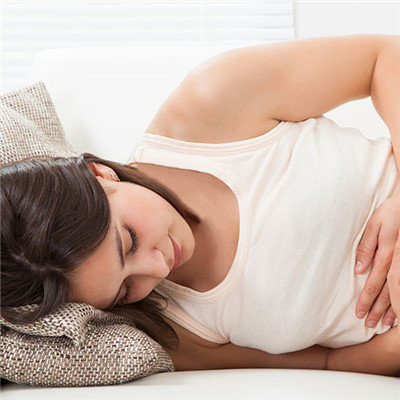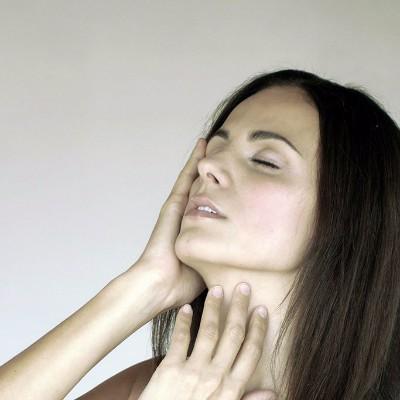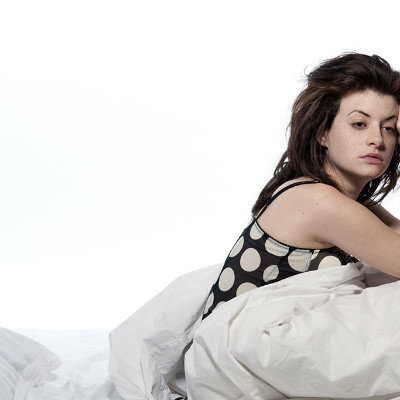Children bronchial asthma symptoms and treatment?
summary
Onset or acute or slow, infant asthma often 1 to 2 days before the onset of upper respiratory tract infection symptoms, and this situation may generally lead to patients with physical problems, including nasal itching, sneezing, runny nose, rub eyes, rub nose and other performance, and can have obvious cough, wheezing. The onset of disease in older children is often sudden, often with bursts of cough as the beginning, and then appear wheezing, dyspnea and so on. Now let me talk about the symptoms and treatment of bronchial asthma in children?.
Children bronchial asthma symptoms and treatment?
First: symptoms of acute attack. In acute attack, the child is restless, sitting up and breathing, shrugging and panting, especially with dyspnea, pale complexion, flapping nose, blue lips and nails, cold sweat all over the body, contraction of auxiliary respiratory muscles, chest tightness, shortness of breath, and even incoherent words. After proper treatment, if the white sticky sputum can be discharged after coughing, the symptoms can be slightly alleviated. Children mainly take abdominal breathing, because of their soft chest, often do not appear sitting breathing, but often like parents holding, head down on parents' shoulders, emotional restlessness, irritability and so on. The "three concave sign" appeared during inspiration, that is, the depression appeared in the suprasternal fossa, supraclavicular fossa and the lower part of costal arch, while the protrusion appeared in the upper and lower parts of sternum due to the increased intrathoracic pressure during expiration. Jugular vein distention can be seen in older children. There may be wheezing or dry and wet rales in auscultation, and sometimes the breath sounds may be covered by them. If the airway obstruction is serious, the breath sounds may be significantly weakened. When emphysema occurs, the liver and spleen can be touched under the ribs. In severe cases, heart failure may occur.
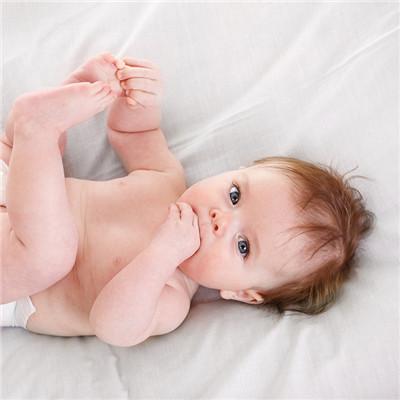
Second: the symptoms of intermittent attack, in this period, patients often feel chest tightness and discomfort, lung auscultation breath sound weakened, no wheezing sound, but most of the children's symptoms and signs disappeared.
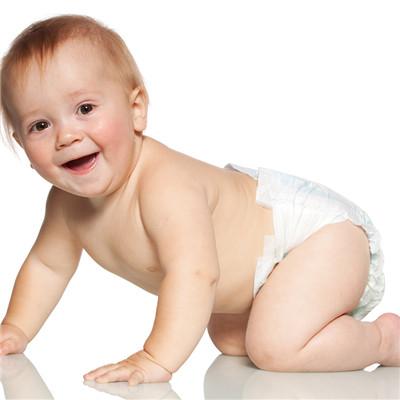
Third: the symptoms of cough variant asthma, airway hyperresponsiveness is the basis of bronchial asthma, because the degree of airway hyperresponsiveness is different, the clinical symptoms are not the same, a few patients only show symptoms of respiratory tract allergy, such as repeated cough, regular cough and spasmodic cough after stimulation.
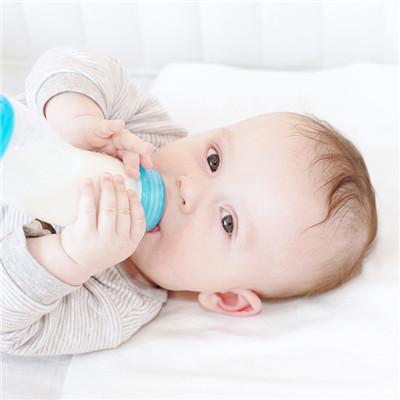
matters needing attention
Repeated asthma attacks may lead to emphysema over a long period of time. At this time, the anterior and posterior diameter of the chest deepens to form a barrel chest. In severe cases, the development is hindered, and the body is thin and short. These children are often accompanied by allergic rhinitis and sinusitis. Most of the above changes will recover if effective treatment can be obtained in childhood.



